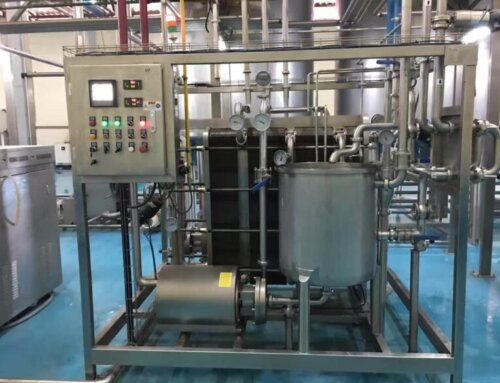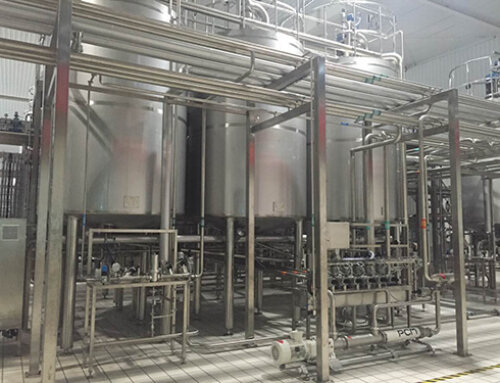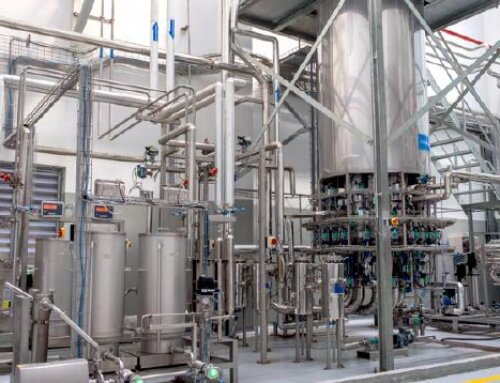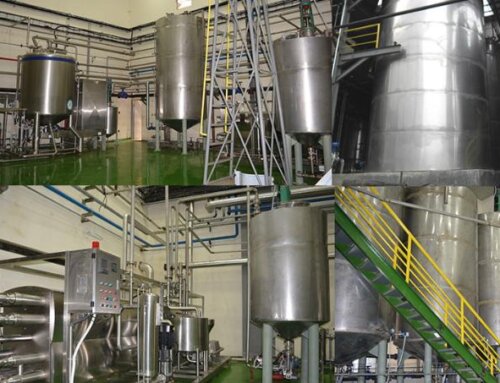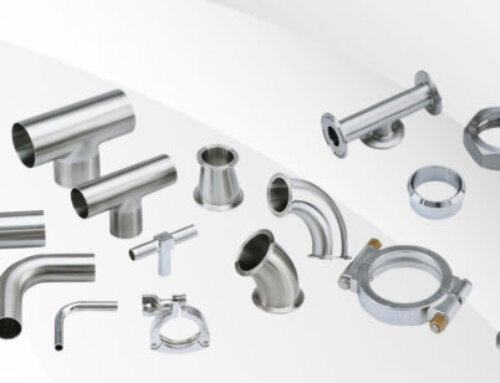Fruit Juice With Pulp Drink Type
Fruit juice with pulp drinks is a type of drink prepared by NFC juice or concentrated juice, adding citrus fruits sacs, or the finely chopped pulp of other fruits, diluted with sugar, acid, water, etc. The content of the finished juice is not less than 100g/L, and the content of fruit pulp is not less than 50g/L. Fruit juice with pulp can be roughly divided into two types: one is fruit juice drink with citrus sacs; the other is a drink with peach, horseshoe, pineapple, mango, apple and other fruit slices or fruit flakes/particles.

Fruit Juice With Pulp Processing Description
Fruit juice with pulp drinks are made by mixing fruit juice and fruit pieces, which can be continuously processed from raw fruits, but in most cases, they are prepared by using concentrated juice and fruit pieces and fruit pulp as raw materials.
The shape and size of the fruit pulp pieces should be suitable for beverages drinking as well as giving people the satisfaction of eating the fruit pulp. Fruit slices, such as yellow peach or white peach, usually have a block size of 15*15*2mm and can be cut with a fruit slicer. The size of the fruit flakes should take into account the appearance characteristics of the suspension and the chewing taste of the drink, usually 2-3mm, and the content of particles or fine fruit purees should be minimized, such as coconut pulp beverage. Fruit flakes/particles should be made from fruits with hard tissues and good color, which can be obtained by crushers or fruit cutting machine. In order to keep the fruit particles stable and evenly suspended in the juice, the shape of the cut particles should be uniform and the fruit particles should be intact and not sticking to each other.

Fruit Juice With Pulp Processing Key Points
Fruit pulp or particles suspension stability
Fruit juice with pulp drinks from Japan and other countries, the fruit particles generally sink at the bottom of the packaging container. Since the density of the juice and the fruit particles are close, the fruit particles can be suspended in the juice by shaking when drinking. Most manufacturers in China add thickeners to the juice to increase the viscosity of the juice and maintain the suspension stability of the fruit particles. Generally, PGA, gelatin, gum arabic, pectin are added to increase stability, and the amount of stabilizer is 0.15%-0.2%.
Fruit pulp or particles transferring and pumping
Many fruit pulp(particle)products will suffer a lot of damage during transportation through the transfer pump, so it is important to choose a suitable transfer device. All types of transfer pumps will cause certain damage rates to fruit particle materials, including volumetric pumps, centrifugal pumps, diaphragm pumps, etc.
Through data testing, the conventional centrifugal pump rotates the impeller at high speed and throws the material out at high speed through the action of centrifugal force. The resulting high shear force and impact damage turn the fruit particles into a paste state; the pneumatic diaphragm pump uses gas extrusion to the diaphragm in the pump cavity is indirectly squeezed to push particles, and the biggest cause of damage is soft damage after extrusion; The volume of the rotor pump expands at the pump inlet through the rotation of the rotor. The fruit particle materials enter the pump cavity inlet. The rotor pushes the particle materials to be transported along the arc-shaped pump cavity to the pump outlet. As the rotor rotates, the outlet volume shrinks and the materials are completely pushed out. Positive displacement pumps can handle high-concentration fruit pulp and fruit particle materials with high efficiency and relatively low breakage rate.
Fruit juice with pulp drinks filling and sterilizing
The technical difficulties in the production of fruit juice with pulp beverages are not only the suspension stability of the fruit particles, but also the filling of the fruit juice mixture and heat sterilization. Generally, there are two filling methods for fruit juice:
The first is to fill the juice and the fruit pulp separately. The juice can be sterilized at 80°C and kept for 30 minutes or UHT sterilizer(125-135°C for 3-5S). the fruit pulp will be sterilized by a tubular sterilizer. The tubular sterilizer can handle products with a neutral pH value, and the effective particle concentration is ≥30% (for example, 100 kg of finished product contains 30 kg of pulp particles) and the size is ≤5×5×5 mm square particles, and the particles and liquid can be mixed together carry out ultra-high temperature sterilization treatment at 132~137 ℃, and hold for 2-5S. UHT sterilizer will completely destroy the microorganisms and spores that can grow in the particles and liquid to minimize product physical, chemical and sensory changes, and is quickly cooled to a normal temperature of 25-30°C for aseptic filling.
The second method is filling into the container after mixing fruit pulp and juice, the mixed fruit juice beverage is heated to 93-95°C using a tubular sterilizer. The above two filling methods are hot filling. In actual production, the sealed beverage needs to use a sterilization kettle, spray sterilization tunnel, or water bath sterilizer to perform secondary sterilization on the packaging container, and the sterilization temperature is 85-95℃. Keep for 30-40min, then cool down to ambient temperature for packaging.
